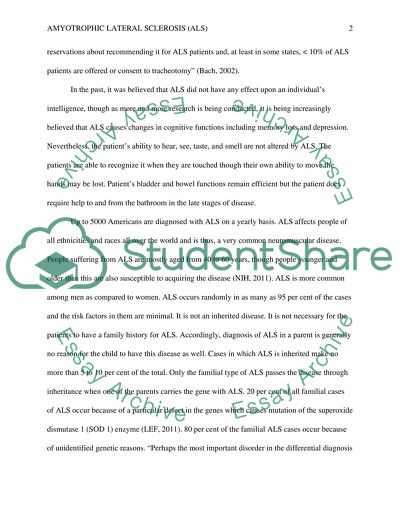Cite this document
(“Amyotrophic lateral sclerosis Research Paper Example | Topics and Well Written Essays - 1250 words”, n.d.)
Retrieved from https://studentshare.org/health-sciences-medicine/1429664-als-lou-gehrigs-disease
Retrieved from https://studentshare.org/health-sciences-medicine/1429664-als-lou-gehrigs-disease
(Amyotrophic Lateral Sclerosis Research Paper Example | Topics and Well Written Essays - 1250 Words)
https://studentshare.org/health-sciences-medicine/1429664-als-lou-gehrigs-disease.
https://studentshare.org/health-sciences-medicine/1429664-als-lou-gehrigs-disease.
“Amyotrophic Lateral Sclerosis Research Paper Example | Topics and Well Written Essays - 1250 Words”, n.d. https://studentshare.org/health-sciences-medicine/1429664-als-lou-gehrigs-disease.


